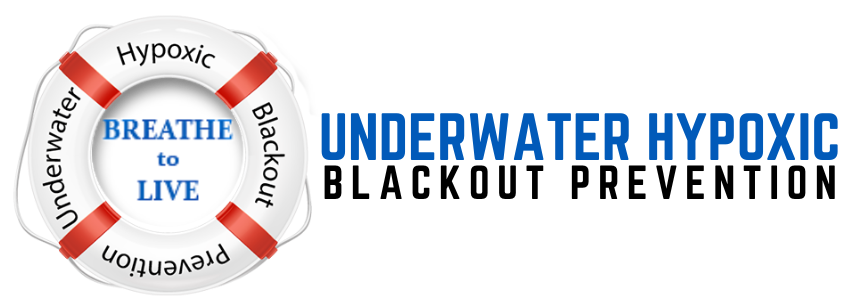As told by Sayla’s mother, Sherri Sierigk
On April 7, 2024, our family was gathered at a community pool in Venice, Florida, to enjoy a sunny day together. My five-year-old daughter, Sayla, had been taking swim lessons for three years and was a fantastic swimmer. Because we spent so much time around water it seemed like any other day. We were hanging out poolside while the kids swam and played. Sayla was particularly fond of the water slide.
Although we’d only been there maybe 15 or 20 minutes, she had been up and down the slide several times. I moved next to my husband, and he said, “Man, she's a really good little swimmer.” Both of us enjoyed just watching her go.
We watched her come down the slide once again and swim toward us underwater. At the last second, she changed course and turned to swim toward the ladder. I assumed she had decided to go to the slide again, as she had several times already.
As she was still swimming, my husband said, “I didn’t know Sayla could hold her breath that long.” I told him I didn’t either. Then we noticed that she was not resurfacing. We were not far from her, so I swam over to check on her. I could see she was at the bottom of the pool and, thinking she was messing around, I nudged her with my foot. She didn’t move. I swam down and got her. When I pulled her up, she was blue and unresponsive. Her head flopped over and I immediately screamed to my husband.
I get emotional every time I talk about it, but I thought she was gone. She was blue and lifeless. She had drowned, right in front of us, in the blink of an eye. I still cannot believe how quickly it happened. As we pulled her onto the pool deck my husband started performing CPR. I think the only thing I managed to scream was, “Somebody please call 9-1-1!” Thankfully, a stranger had already called, so emergency services were on the way.
After what felt like a lifetime, but I’m told was only about 30-45 seconds of CPR, Sayla was breathing again. Shortly after that she began trying to talk to us. She was, of course, crying and a bit disoriented. The emergency crew arrived a few minutes later. Paramedics checked her over closely and she was transported to a hospital shortly after. It was determined that she did not have any water on her lungs.. So, how did she drown?
The paramedics explained to us—as did hospital staff later—that it was a shallow water blackout. She had become low on Co2 from all the running around. So, when she held her breath that last time, it was just too much, and she fainted under the water.
They told us about the shallow water blackout at the hospital, but then they didn’t really tell us much beyond that.
When we got home, I spent the next 48 hours straight—any spare moment I had—googling about SWB. I needed to know more. How did this happen? How do we stop this from happening again? So many things I did not understand.
We have learned that it's also called an underwater hypoxic blackout and can happen to anyone, in any body of water, silently. We also learned that most people who are not immediately rescued do not survive. In our case, because Sayla was experiencing overexertion from running and swimming underwater, the lack of CO2 in her body caused her to faint. Thankfully we were right with her and noticed immediately.
Our family has decided to share what happened to Sayla publicly, to anyone who will listen, in hopes of raising awareness and doing everything we can to keep this from happening to another child, another family.

















